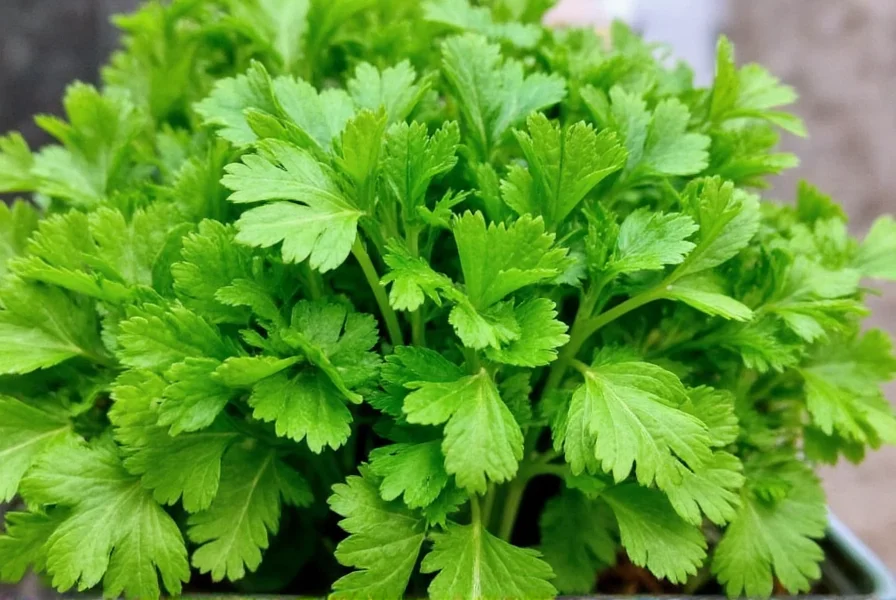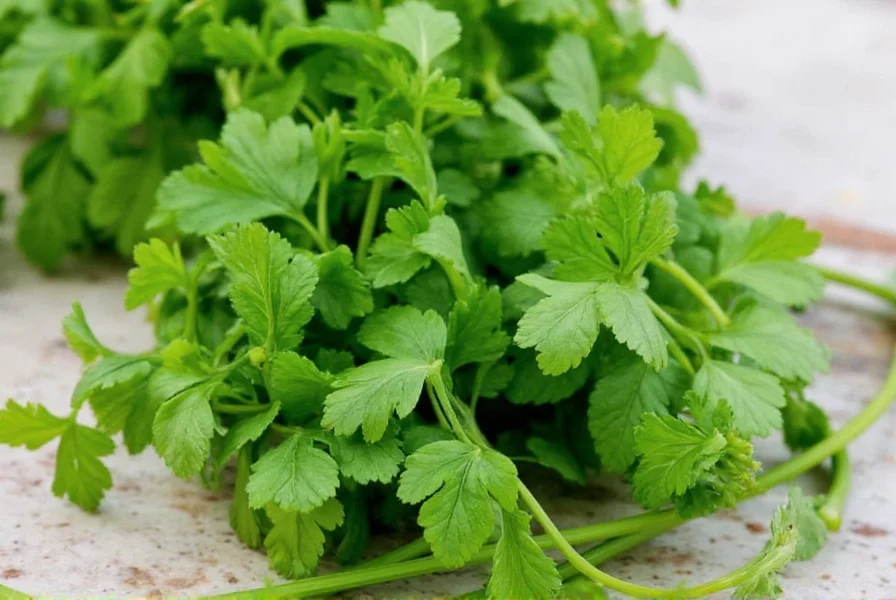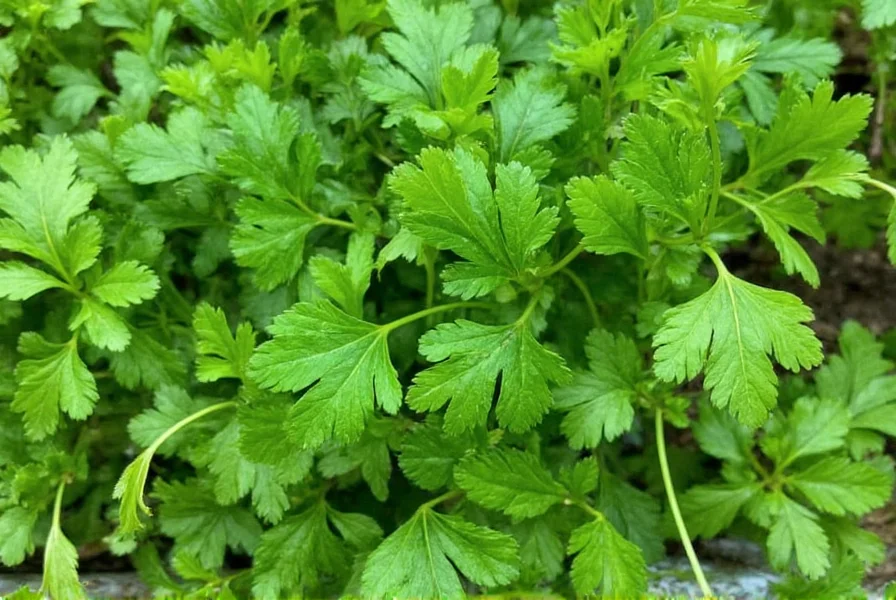Fresh coriander stands as one of the most widely used herbs worldwide, prized for its distinctive flavor profile that transforms ordinary dishes into culinary delights. Understanding how to select, store, and utilize this herb properly ensures you capture its full aromatic potential while avoiding common pitfalls that lead to premature spoilage.
Understanding Fresh Coriander's Flavor Profile
The unique taste of fresh coriander leaves sets it apart from other herbs. Its bright, citrus-forward flavor with subtle peppery undertones makes it indispensable in many global cuisines. Interestingly, genetic factors cause some people to perceive a soapy taste due to olfactory-receptor variations—a phenomenon affecting approximately 21% of the global population according to recent studies.
When comparing fresh coriander vs dried coriander, the differences extend beyond moisture content. Dried coriander seeds develop warm, nutty notes completely distinct from the fresh leaves' vibrant character. Never substitute one for the other in recipes requiring fresh coriander, as the flavor profiles differ significantly.

Selecting the Best Fresh Coriander
Choosing quality fresh coriander requires attention to specific visual and textural cues:
| Quality Indicator | What to Look For | What to Avoid |
|---|---|---|
| Color | Vibrant medium to dark green | Yellowing or brown spots |
| Texture | Firm, crisp stems | Slippery or slimy texture |
| Moisture | Slightly damp but not wet | Excess water in packaging |
| Aroma | Bright, citrusy scent | Musty or sour smell |
Optimal Storage Techniques for Maximum Freshness
Learning how to store fresh coriander properly extends its shelf life significantly. The best method combines hydration with proper airflow:
- Trim ½ inch from the bottom of stems
- Place in a glass with 1-2 inches of water (like a bouquet)
- Cover loosely with a plastic bag
- Store in refrigerator's main compartment (not the door)
- Change water every 2-3 days
This technique typically keeps fresh coriander vibrant for 7-10 days. For longer preservation, consider freezing methods: chop leaves and freeze in ice cube trays with water or oil, or blend with oil and freeze in portions.
Culinary Applications and Pairing Suggestions
Fresh coriander shines in numerous culinary applications when used correctly. Add it at the end of cooking to preserve its delicate flavor, as heat diminishes its vibrant notes. The best way to use fresh coriander in cooking varies by cuisine:
- Mexican: Essential in salsas, guacamole, and as garnish for tacos
- Indian: Key component in chutneys, raitas, and curry garnishes
- Thai: Integral to curry pastes and noodle dishes
- Middle Eastern: Featured in tabbouleh and fattoush salads
The stems contain concentrated flavor and shouldn't be discarded—finely chop them for sauces and marinades where texture isn't critical.

Substitution Options When Fresh Coriander Isn't Available
When facing limited availability, understanding fresh coriander substitution options becomes valuable. While no perfect replacement exists, these alternatives work in specific contexts:
- Parsley: Provides similar visual appeal with milder flavor (use 1:1 ratio)
- Basils: Works in Southeast Asian dishes (use ¾ amount)
- Root vegetable tops: Beet or carrot greens offer earthier alternative
- Dried coriander seed: Only suitable for cooked dishes requiring seed flavor
Remember that dried coriander leaves lose most flavor compounds and aren't recommended as substitutes. When exploring how long does fresh coriander last in various storage conditions, properly refrigerated bunches maintain quality for 7-10 days, while frozen preparations last 4-6 months.
Nutritional Benefits Worth Noting
Fresh coriander delivers notable nutritional benefits beyond its flavor contribution. A quarter-cup serving provides:
- Significant vitamin K (23% of daily value)
- Good source of vitamin C and antioxidants
- Contains quercetin and other beneficial flavonoids
- Naturally low in calories (just 1 calorie per tablespoon)
Research suggests fresh coriander may support digestive health and provide anti-inflammatory benefits, though more studies are needed to confirm these effects in typical culinary quantities.
Avoiding Common Fresh Coriander Mistakes
Even experienced cooks make errors with fresh coriander. The most frequent mistakes include:
- Washing before storage (traps excess moisture accelerating spoilage)
- Storing in airtight containers without ventilation
- Adding to hot dishes too early in cooking process
- Discarding flavorful stems along with roots
- Using dried leaves as direct substitute for fresh
Understanding these pitfalls helps maximize both the shelf life and culinary impact of this versatile herb.
Frequently Asked Questions
Can I freeze fresh coriander for long-term storage?
Yes, freezing preserves fresh coriander effectively. Chop leaves and freeze in ice cube trays with water or oil, or blend with oil and freeze in portions. Properly frozen coriander maintains quality for 4-6 months, though texture changes make it best for cooked dishes rather than garnishes.
Why does my fresh coriander turn yellow so quickly?
Yellowing typically occurs from excess moisture or improper storage temperature. Avoid washing before storage, ensure proper airflow, and keep in the main refrigerator compartment (not the door) where temperatures remain more consistent. Trim stems and change water every 2-3 days if storing in water.
What's the difference between cilantro and coriander?
Cilantro refers specifically to the fresh leaves and stems of the Coriandrum sativum plant, while coriander typically describes the dried seeds. In many regions outside North America, both the leaves and seeds are called coriander, creating occasional confusion. The flavor profiles differ significantly between the fresh leaves and dried seeds.
How can I tell if fresh coriander has gone bad?
Spoiled fresh coriander shows visible yellow or brown discoloration, develops a slimy texture, or emits a sour/musty odor. While some wilting is normal after several days, any sliminess or unpleasant smell indicates it should be discarded. Properly stored coriander maintains crisp texture for 7-10 days.
Can I grow fresh coriander at home for continuous supply?
Yes, growing fresh coriander at home is straightforward. Plant seeds in well-draining soil with partial sun exposure. Harvest outer leaves when plants reach 6 inches tall, which encourages continued growth. Indoor pots work well with proper lighting, providing a continuous supply for 3-4 months before needing replanting.











 浙公网安备
33010002000092号
浙公网安备
33010002000092号 浙B2-20120091-4
浙B2-20120091-4